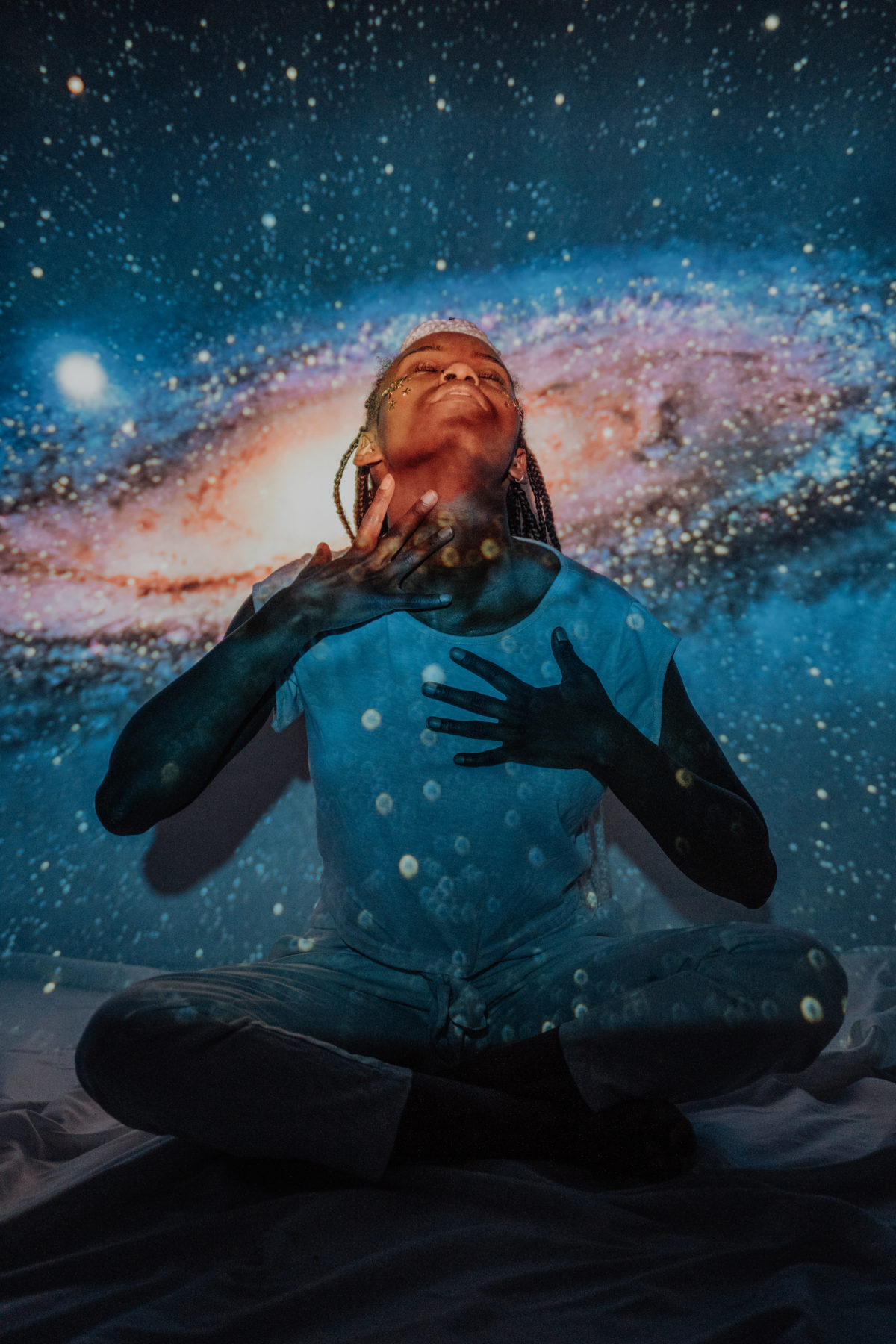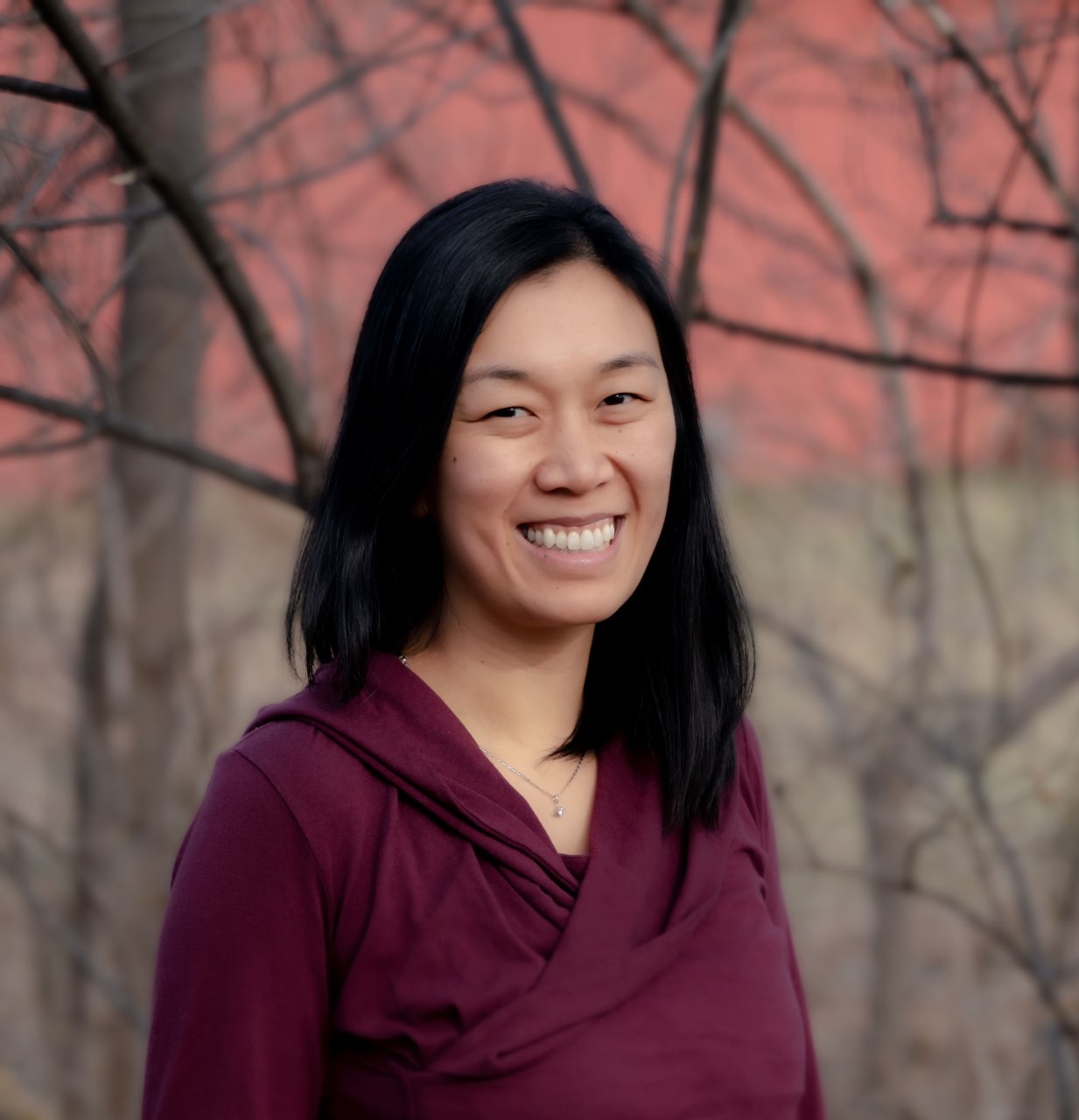
The Au Sable Institute is a Christian environmental education center in Mancelona, Michigan. This post is the first of five excerpts from Au Sable Institute’s 2021 workbook Liturgies of Restoration ¸ a five-week study on how our habits can shape us into people who serve, protect, and restore God’s earth. Additional practices and resources mentioned here may be found in the workbook. Graduate students and emerging scholars can order copies of the workbook and also sign up for a fall online workbook study hosted by Au Sable Institute by clicking here. We thank Liuan Huska and the Au Sable Institute for sharing these resources with the Emerging Scholars Network.
____________________
“The earth is the Lord’s and all that is in it, the world, and those who live in it;
for he has founded it on the seas, and established it on the rivers.” [i]
Psalm 24:1-2
We have discovered so much about the world through our intellect, senses, and observations. We can view tiny floating protozoa from river water through microscopes and zoom in on faraway galaxies with high-powered telescopes. With all that we have discovered, we may conclude that we can know all there is to know. We may feel that “the material universe we live in is all there is and ever will be.”[ii] And we, the humans, appear to be the masters.
Professor Alan Noble, referencing the philosopher Charles Taylor, calls this way of being the “immanent frame.” It assumes a closed universe, without a transcendent reality beyond what we can see or know. While we Christians say we believe in a God who stands outside of our reality and is our ultimate reference point for truth, beauty, and goodness, we can still operate as if nothing exists outside of our daily experiences, as if we were the center of the universe.
Noble gives the example of a morning before church. Your cell phone rings, a testament to human ingenuity; we no longer need to rely on the position of the sun in the sky to tell time. You eat eggs, almost miraculously clean, white, large, and government inspected for safety. Another testament to the human ability to manage risk and efficiently sustain ourselves. You dress in ready-made clothes, drive to church in a gleaming, energy-efficient sedan, noting people in the cars around you as they glance at their devices while stopped at the traffic light. On the way to church, you note other monuments to human achievement: fire trucks, businesses, skyscrapers, and more.
“At church, you sing songs praising God’s provision, his mercies, his creation, and his grace. But everything you experienced on the way to church, from the food you ate to the beauty you witnessed, testified to humanity’s ingenuity and mastery of the world. Your experience of the world was a testament to humanity, not God, because everything in your experience conditioned you to look at this world and its physical laws.”[iii] In such an existence, Noble writes, it’s hard to even understand that we need God, much less that we are called to love and worship God.
The hour and a half we spend in church worshipping God on a Sunday morning is not enough to reorient our working frame of reference. It has been too deeply shaped by our modern world—through advertisements, the stories and images swirling around us, and larger public discourse. We need daily practices that remind us of God’s reality.
Which leads us to our first liturgy and counter-liturgy. As followers of Christ, we know our primary identity is to be worshippers and lovers of God. When a lawyer asked Jesus which command was greatest, he replied, “’You shall love the Lord your God with all your heart, and with all your soul, and with all your mind’ . . . . And the second is like it: ‘You shall love your neighbor as yourself’” (Matt. 22:37-39). We are, first and foremost, lovers of God and neighbor.[iv] But many of our modern habits form us to be primarily lovers of self. We put on various spiritualities and lifestyles if we feel they are “our thing” and fit our current sense of self. We are invited to do what feels good—assuming that our individual definitions of “good” are enough. We assess the value of the people, places, and other living and non-living things around us based on how well they may serve our needs or the needs of our group.
Liturgy and Counter-Liturgy #1:
We are created to love and worship God.
vs.
We live for our own fulfillment.
If we buy into the story that life’s end goal is our own fulfillment, that we are the ultimate deciders of what is good, beautiful, and true, several character traits emerge. First and most obviously, we become self-centered. We resist external authority and sink into a kind of relativism where there is no meaning outside of the self. Each person decides what is meaningful. We have no sense of collective direction. “What else is there?” we might ask, if the world is just about our own interpretations and experiences. Noble calls this “the malaise of immanence.”[v]
Next, if we place ourselves at the center of the universe, we start to view our role in the world as that of control and mastery. Just as Adam and Eve did in the Garden of Eden (Gen. 3), we put ourselves in the place of God, deciding what is good and evil. The world and its wonders become ours to own, rather than evoking humility and awe. Noble writes, “This is what mostly replaces gratitude for creation in the contemporary world: an overweening pride in the human ability to perceive, define, circumscribe, discover, measure, test, validate, reproduce, analyze, categorize, or otherwise contain the universe.”[vi]
But behind the pride is fear. When we put ourselves in the place of God, we lose the sense that Someone Else is at the helm of the universe. We fragile humans are left to take care of ourselves, to make things work out right. And we can never do that. We are finite, limited creatures. Yet we try our best to overcome our limits, rather than live within them and place ourselves in God’s hands.
Though we may profess that God is at the center and the goal of our lives is to love him, it can be hard, in practice, to decenter ourselves. For that, we need concrete habits, liturgies of worship. If you come from a liturgical tradition, you already know the rituals and practices within a Sunday service as liturgy. But even if your tradition doesn’t use that word, we can all affirm that a worship service is made up of “practices and habits that aim our love and desire toward God.”[vii]
All elements of a worship service are designed to point us to God and form us into God’s people. In this workbook we’ll identify how some of these elements might translate into our everyday lives. In this chapter, we focus on the idea of worship itself. Contrary to the character traits of self-centeredness, pride, and desire for control and mastery, the act of worship cultivates God-centeredness, humility, and awe. We acknowledge that we are not the creator, but the creatures. We are dependent on God, not independent, self-sufficient beings.
On Sundays, we observe what the Jewish people call Sabbath—a day when God rested from his work of creation (Gen. 2:3) and invites his people to do the same (Deut. 5:12-15). By stopping our regular activities to worship God, we resist the narrative that we are at the center of the universe, we are beneficiaries of our own human ingenuity, and we must work in order to live. Instead, we live an alternate story, with God at the center: We are beneficiaries of God’s extravagant gifts. We can’t do it all. We rely on God for our life and breath.
So, how can we live out God’s story beyond Sunday mornings? How can we work these habits of worship into our everyday activities? Take some time to examine what you worship, and how you worship, in your day-to-day living. Then we invite you to take up one or two of the practices listed in Liturgies of Restoration, and perhaps even make some of these practices a regular part of your life.
[i] All Bible quotes are from the New Revised Standard Version unless otherwise noted.
[ii] Alan Noble, Disruptive Witness: Speaking Truth in a Distracted Age (Downers Grove, IL: InterVarsity, 2018), 56.
[iii] Noble, 56-57.
[iv] Shane Claiborne, The Irresistible Revolution: Living as an Ordinary Radical (Grand Rapids, MI: Zondervan, 2006).
[v] Noble, 80.
[vi] Noble, 95.
[vii] Warren, 30.

Liuan Huska is a freelance journalist and writer at the intersection of faith, environment, health, and culture. She has bylines in Sojourners, Christianity Today, Psychology Today, Hyphen, The Christian Century, and other publications. She is also the author of Hurting Yet Whole: Reconciling Body and Spirit in Chronic Pain and Illness, a book weaving theology, sociocultural analysis, and memoir. She lives in the Chicago area, on ancestral Potawatomi land, with her husband and three children.

How does this play out in more communal cultures where identity and meaning resides in family/cultural identity?